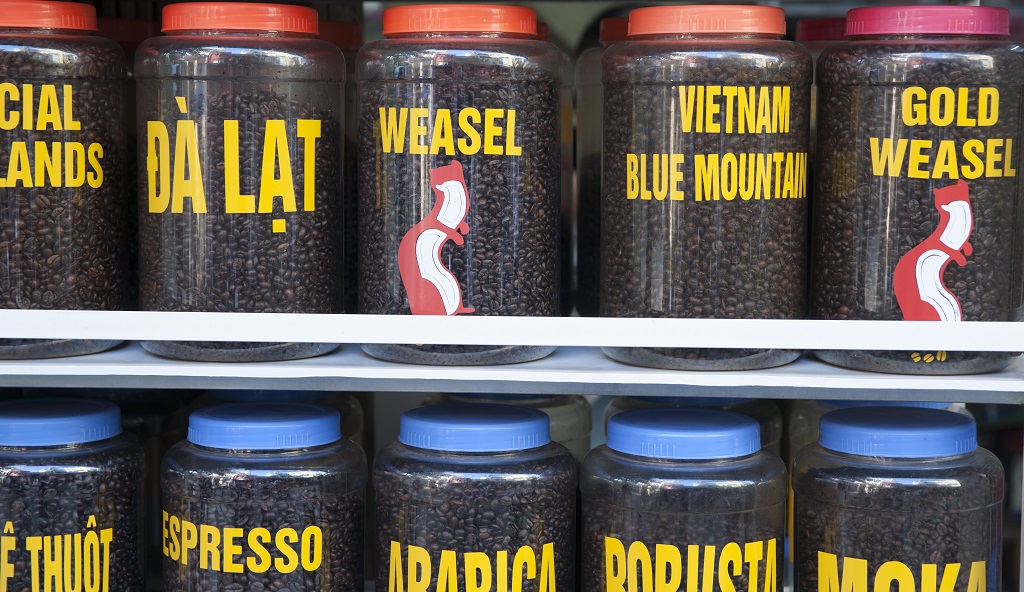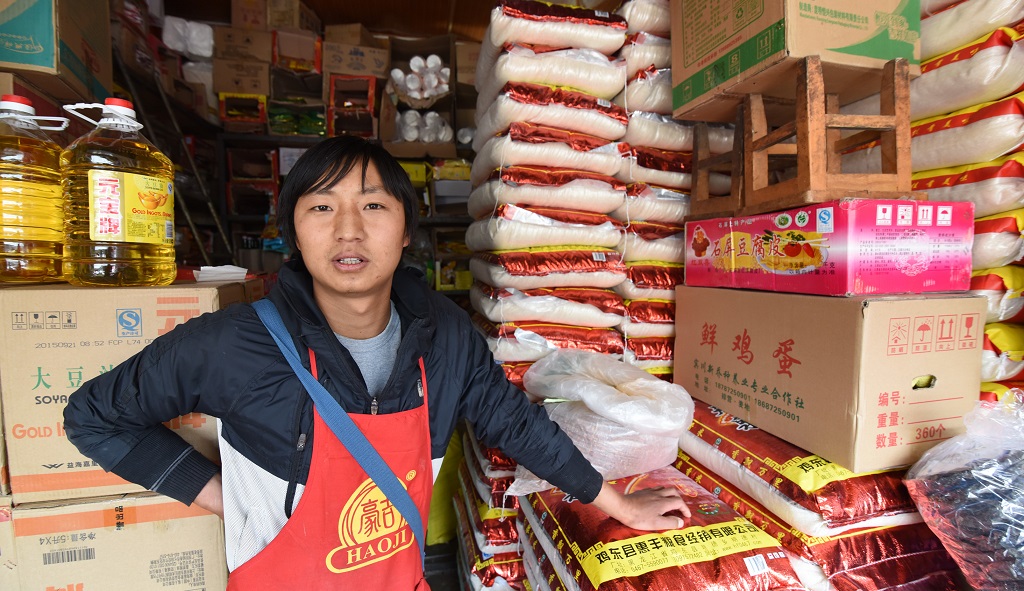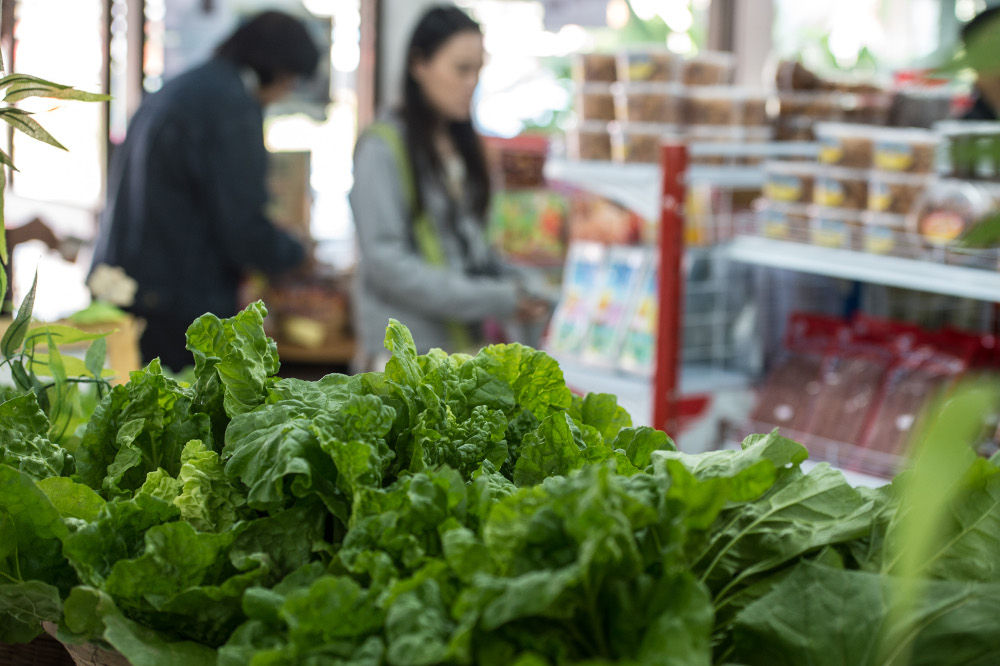Made in the GMS: How GI Certification Can Boost Food Exports
In the Greater Mekong Subregion, countries have started to adopt laws and policies on geographical indications to protect locally sourced products that are made using traditional methods in their region of origin.




